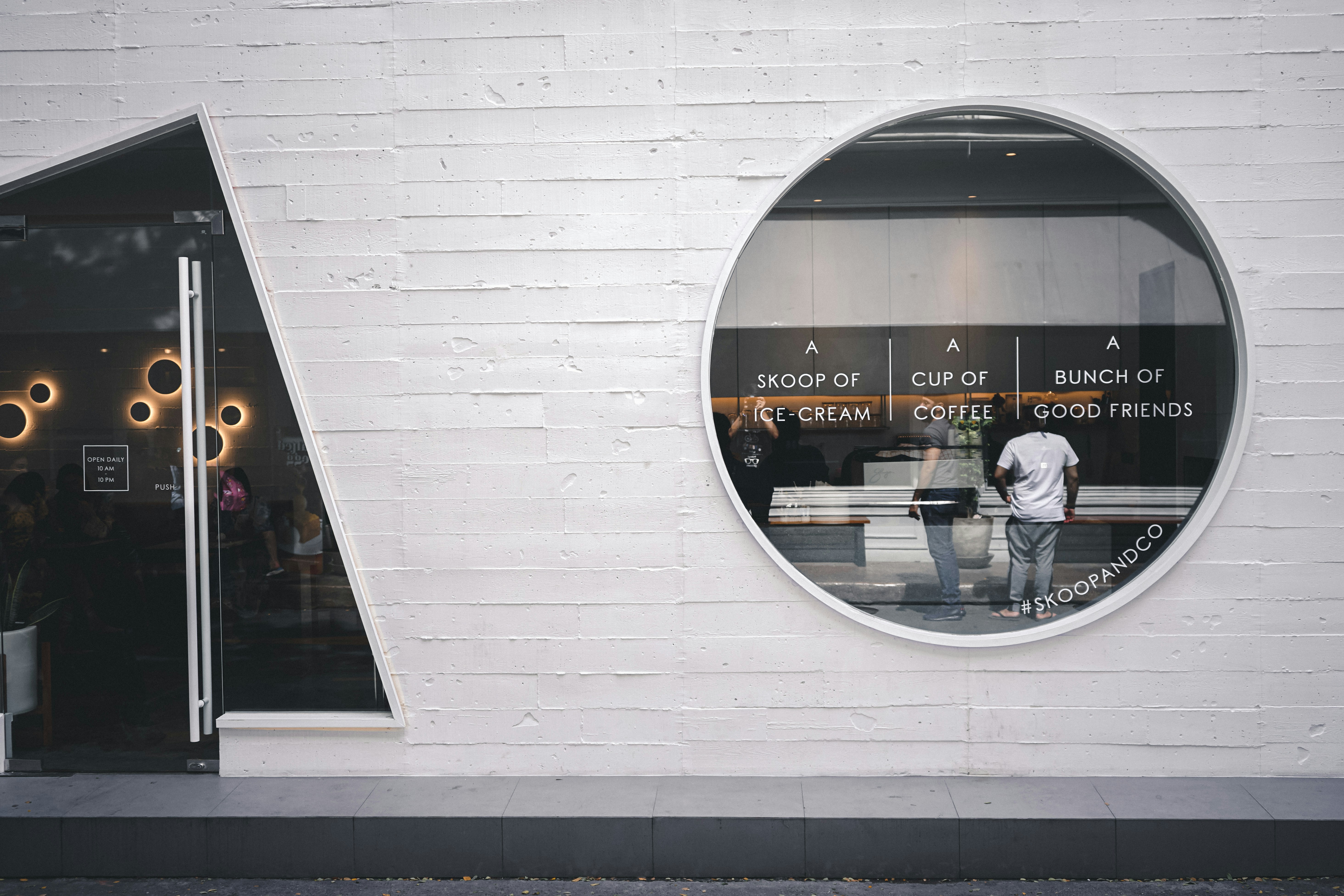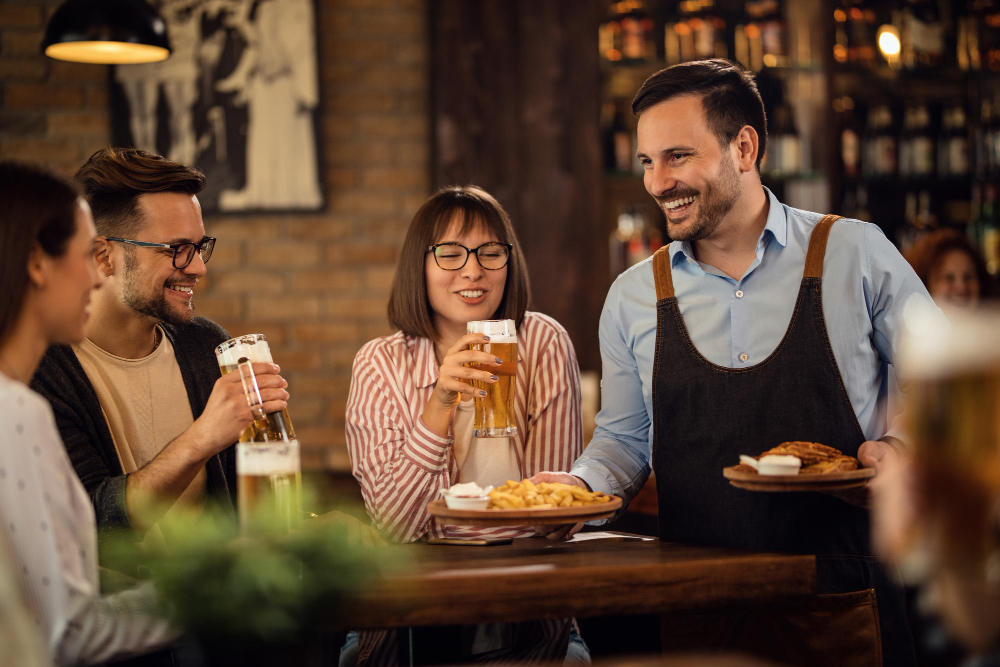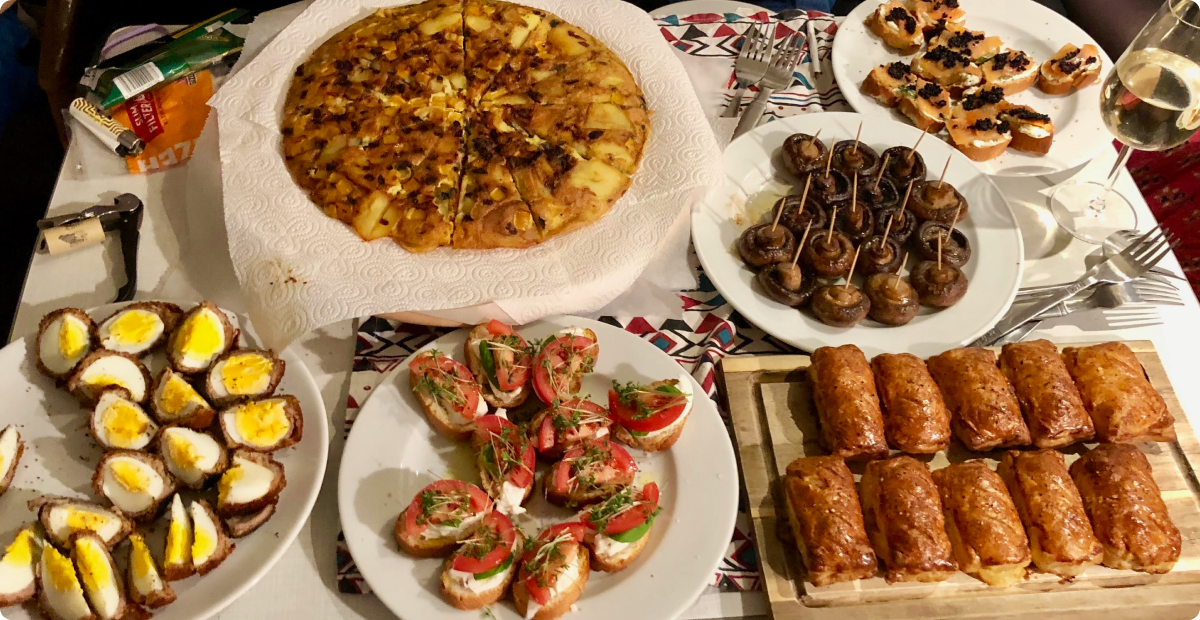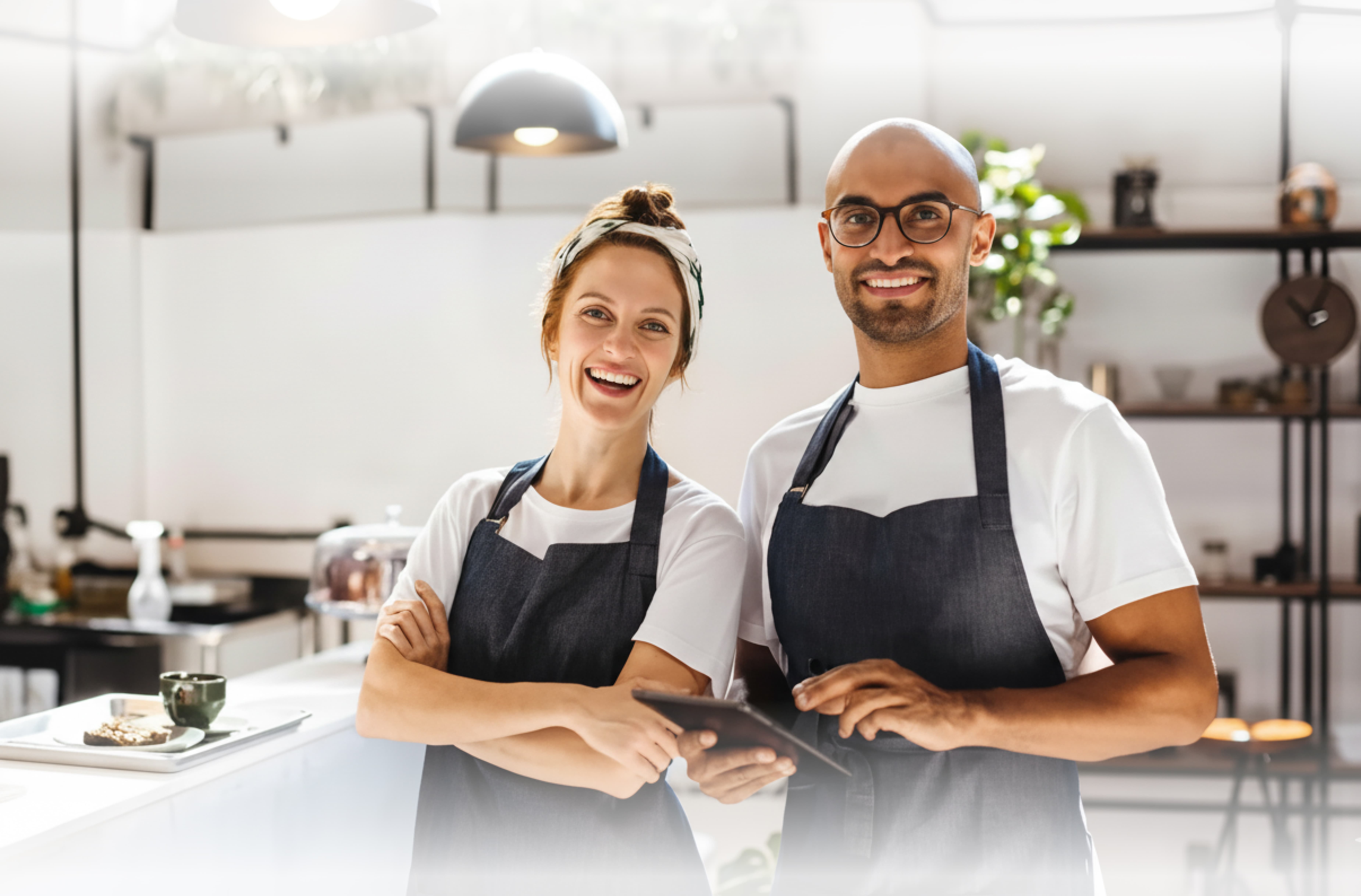Key Takeaways
- Word-of-Mouth Meets Digital: Are your marketing campaigns tailored for your online audience?
- Build a Brand Identity: Use tone, visuals, and storytelling that reflect your restaurant’s core values.
- SEO is Essential: Make your restaurant easy to find on Google. Consider using paid ads to enhance reach.
- Engage with Reviews: Responding to customer feedback is one of the most organic and effective marketing tools.
- Leverage Loyalty & Email: Use platforms with analytics and built-in loyalty programs to personalize customer engagement.
Today’s diners have unlimited options. They browse Instagram before they browse menus. They search for reviews before they step through the door. If your restaurant lacks a memorable presence and a marketing strategy that truly connects with them, you risk becoming invisible.
Although word-of-mouth still holds influence, successful restaurants combine it with seasonal promotions, hyperlocal advertising, and strategic online campaigns. These tools can get your restaurant in front of the right people at the right time. In this comprehensive guide, you will learn how to craft high-converting restaurant marketing campaigns with real-life examples to draw inspiration from.
What Every Restaurant Needs Before Launching a Marketing Campaign : The Checklist
Before creating restaurant marketing campaigns, keep these factors in mind:
1. Give Your Restaurant A Brand Identity.
Whether you're flipping burgers out of a food truck or plating up prix fixe dinners, your restaurant's vibe helps people remember and return.
Your logo, tone of voice, colors, and origin story all lead customers back to your restaurant.
Here's how to make it stick:
- Set the mood: What should guests feel when they dine with you? Cozy and comforting? Vibrant and loud or chic and premium? Let that guide everything, from your décor to your social captions.
- Pick your visual style: Choose 2–3 colors, a couple of fonts, and a logo style that captures the essence of your restaurant. Use them across your website, menu, social media, and flyers.
- Share your story: People love to root for a real story. For example, Seven Stars Bakery's About Us page talks about its humble beginnings in 2001 and its growth into a local staple. It became a hit, so why not do the same?
2. Make Sure Diners Can Find You Online
Consumers often discover restaurants through digital platforms. Being listed on Yelp, Google Maps, OpenTable, and delivery apps is essential. These listings are often a diner's first impression. Make sure your profiles include clear, high-resolution photos, accurate hours, current menus, and links to your website or online ordering system.
Even better, integrate a direct online ordering system into your website. This keeps profits in your pocket and improves order accuracy. Restaurants using direct online ordering have seen up to a 23 percent increase in accuracy and reduced order management time by 10 percent
3. Turn Your Website Into a Conversion Tool
What does this mean?
Your website could be the first point of contact for your customers. So, think of it as a marketer or a digital business card. Here's how to make it count:
Is your website mobile-optimized?
As of January 2025, over 62 percent of global web traffic comes from mobile devices, meaning your customers are likely browsing your site on the go.
Is the important information accessible?
Ensure your website has clear menu descriptions, with hours, location, and contact details, ideally right on the homepage or just a click away.
4. Increase Visibility With A Google Business Profile.
Optimize your online presence further by setting up a polished Google Business Profile. To boost visibility, include your menu link, quality photos, FAQs, and regular post updates. You can even encourage happy customers to leave positive reviews and consider using automated tools or reputation management platforms to streamline responses.
5. Leverage the Power of Social Media
Digital marketing for restaurants is incomplete without social media.
Whether it's Instagram, Facebook, TikTok, or YouTube, ensure your profiles are active and on-brand. Use the platforms to share drool-worthy food photos, behind-the-scenes moments, or limited-time promos to keep people engaged and craving more.
Use platform analytics to spot what's working.
Do people love reels with local food influencers or carousel posts with special offers? Double down on those and see how to create effective social media marketing strategies to boost sales.
Once you've gotten these prerequisites sorted, it's time to create effective restaurant marketing campaigns.
Top Seven Restaurant Marketing Campaign Ideas That Deliver Results
We'll review seven restaurant promotional ideas and help you create a successful campaign around them. Let's go!
1. Invest in Local SEO and Paid Ads
If you can appear in the top three results when someone searches for “best restaurants near me,” you're ahead of the game. Optimize your website content with keywords diners are likely to search. Use terms like “best tacos in Chicago” or dish-specific names.
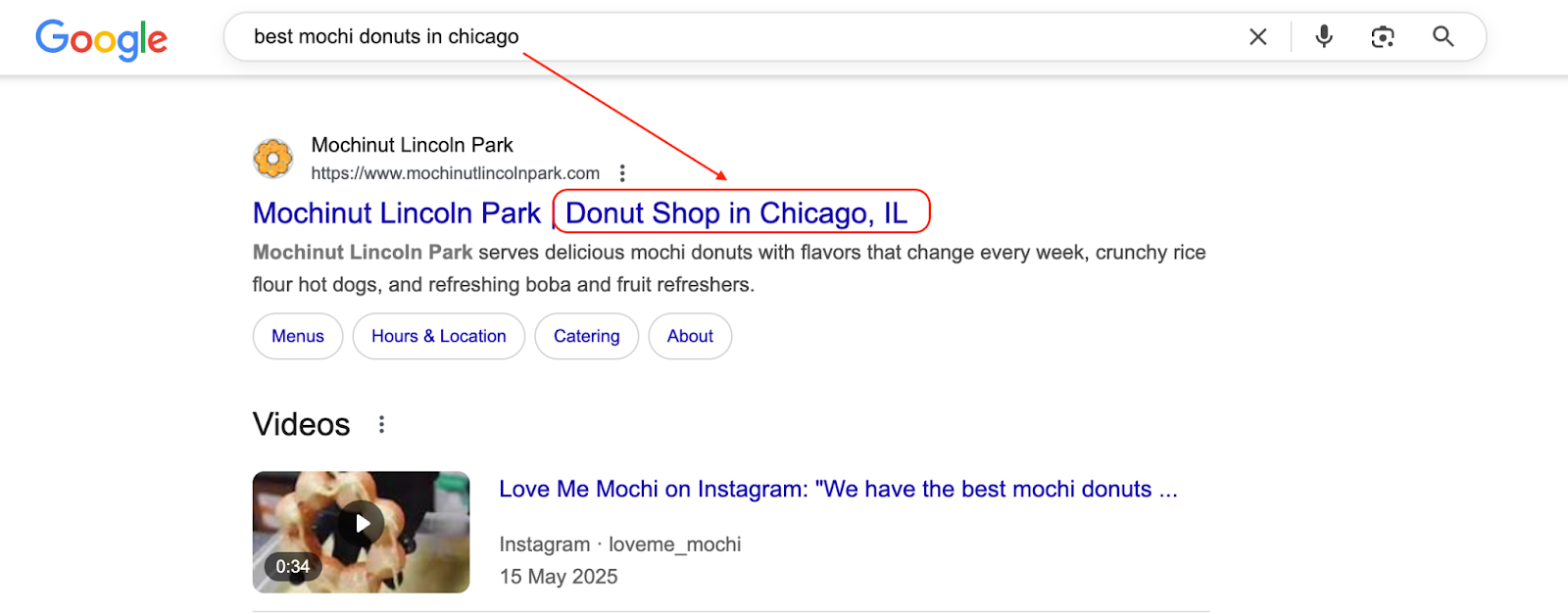
For instance, when you search "Olive Garden best dishes" on Google, you'll land on their "Signature classics" page or a trusted food blog listing top items like Chicken Alfredo or Zuppa Toscana.
This happens because Olive Garden has intentionally optimized its page titles, meta descriptions, and content with keywords like "best dishes" and actual dish names.
Also, insert relevant keywords into your Google Business profile posts to boost local search visibility. Tools like Google Keyword Planner or Ubersuggest can help, but keep it natural and follow the platform guidelines.
In addition, run local Facebook and Google Ads campaigns. These allow you to target people within a certain radius, customize messages by time of day, and promote time-sensitive deals. For instance, a lunchtime ad reading “Lunch in 10 minutes, just around the corner” can be extremely effective
2. Encourage User-Generated Content On Social Media
Did you know that 93% of marketers agree that UGC is a better marketing tactic than traditional restaurant advertising strategies?
That means every photo, tag, or story from a happy diner could bring in your next loyal customer.
Take Starbucks, for example. Their #RedCupContest invited users to share creative photos of their holiday cups. The campaign encouraged user-generated content, sparked excitement around their seasonal offerings, and generated thousands of posts across Instagram and Twitter, resulting in tons of buzz and free promotion!
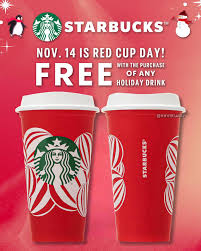
You can do this too:
- Create a unique hashtag for your restaurant (like #TacoTuesdaysAtTinas)
- Launch a simple photo contest: "Post your plate, tag us, and win a free appetizer!"
- Repost tagged photos and stories to build community and trust.
Doing so doesn't just keep users engaged but fosters community-driven marketing.
Bonus tip: If you're using an online ordering system like Restolabs, you'll gain access to valuable customer data with every order. This allows you to identify your most loyal customers and reach out to them directly for feedback or social media engagement. Unlike third-party platforms that limit your visibility, owning the customer relationship helps you build trust, improve service, and create more meaningful connections.
3. Engage with Customer Reviews
What if you can turn a critical user review into a win for your customers' trust?
Joe's Italian Kitchen, a family-owned restaurant in Austin, Texas, did precisely this. It received a harsh one-star review criticizing its service and menu flexibility. Instead of reacting defensively, owner Sarah Delgado responded with empathy and transparency, acknowledging the customer's experience and outlining steps to improve.
This thoughtful response resonated with the online community, leading to widespread support and increased patronage!
Make it a habit to respond to negative and positive reviews to demonstrate a commitment to customer satisfaction. Addressing feedback publicly can improve your restaurant's reputation and even serve as a form of organic marketing!
4. Partner With Local Influencers
Collaborating with local food influencers can drive serious online and in-store traffic. Host an influencer night or a menu preview event, where guests taste new dishes and share the experience with their followers.
In early 2024, Ramsay teamed up with TikTok influencer Alix Earle at his Miami restaurant, Lucky Cat. Together, they created sushi content for her social media platforms, including her podcast, "Hot Mess." This collaboration showcased the restaurant's offerings and tapped Earle's substantial follower base.
Before diving in, ask yourself:
- Does this influencer's audience match my target diners?
- Do they post consistently with high-quality content?
- Are they open to long-term partnerships?
With tools like RestoLabs, you can easily generate and track these influencer-specific coupon codes to see which collaborations bring the best ROI.
Bonus read: Increase Customer Loyalty with These 14 Coupon Strategies
Pro tip: Aim to build long-term relationships with a few micro-influencers in your area. Their smaller, loyal audiences often convert better than larger, less engaged ones.
5. Reward Regulars: Use Loyalty Marketing
Repeat customers are your goldmine. A loyalty program keeps them coming back.
You can offer points for every order or give every other meal free; it doesn't have to be complex to work. For example, Olive Garden's famous "Never-Ending Pasta Bowl" kept fans coming back for more with an irresistible deal.\

You can take it a step further and boost revenue with data-driven analytics. Invest in an online ordering system with in-built loyalty tools that let you create reward programs and automate deal distribution based on ordering habits.
6. Boost Customer Retention Through Email Marketing
Email marketing keeps the conversation with your customers going. Whether it's nudging someone who left an order mid-checkout, announcing seasonal specials, or sharing a behind-the-scenes peek in the kitchen, email keeps your restaurant top-of-mind.
For example, Gusto, an Italian cuisine, used a beautiful email template to inform people about the change in their menu.

This email works well because it follows the best marketing tips with a clear message, attention to food image, and a clear CTA.
To get results, track open rates across different subject lines to see what grabs attention. Use customer data to personalize emails, like offering a special discount on birthdays or anniversaries, to boost engagement and keep customers returning.
7. Celebrate Special Events Or Food Holidays.
Food holidays (like National Pizza Day) or community events are perfect campaign moments. You can use these to offer a themed menu item or discount, decorate your space, and promote it on your socials. You can also use limited-time offers to add urgency (FOMO sells!).
For instance, the simplest way to increase sales is to run a "Buy 1, Get 1 Free" deal on National Pizza Day and promote it with a countdown on Instagram stories.
Pro tip: Create a restaurant marketing calendar and stay on top of the holidays and special dates to create campaigns around those!
Whether you're running email promos, posting on socials, or hyping up food holidays, one thing powers all your marketing efforts: customer data.
Final Thoughts: Grow Smarter with Restolabs
Restaurant marketing in 2025 is about meeting diners where they are, on their phones, in their inboxes, and across social media, while delivering personalized experiences that builds loyalty. The strategies explored in this guide, from local SEO and influencer outreach to loyalty rewards and email engagement, are designed to help your restaurant thrive in the digital age.
But if you're still relying on third-party apps for online orders and customer interactions, you may be missing out on meaningful data, branding control, and long-term marketing value.
Restolabs empowers restaurants to take back that control. With a powerful, all-in-one platform, you can:
- Build a fully branded restaurant website that reflects your unique identity
- Drive more revenue through direct online ordering for pickup, delivery, dine-in, and catering
- Own your customer data and use it to inform smarter marketing decisions
- Launch and manage loyalty programs to keep regulars coming back
- Track success with easy-to-use analytics
With everything under one roof, Restolabs helps you not only run effective marketing campaigns, but build real relationships that last.
Book a demo with Restolabs and discover how easy it is to turn one-time diners into lifelong customers.
Frequently Asked Questions
Start with a clear audience, offer personalized messaging, use compelling visuals, and distribute content across platforms like Instagram, Google, and email..
An integrated approach combining local SEO, social media content, email marketing, and loyalty programs consistently delivers the best outcomes.
It is a focused initiative to promote menu items or restaurant experiences through targeted content, social media posts, and digital advertisements to drive awareness and increase sales.
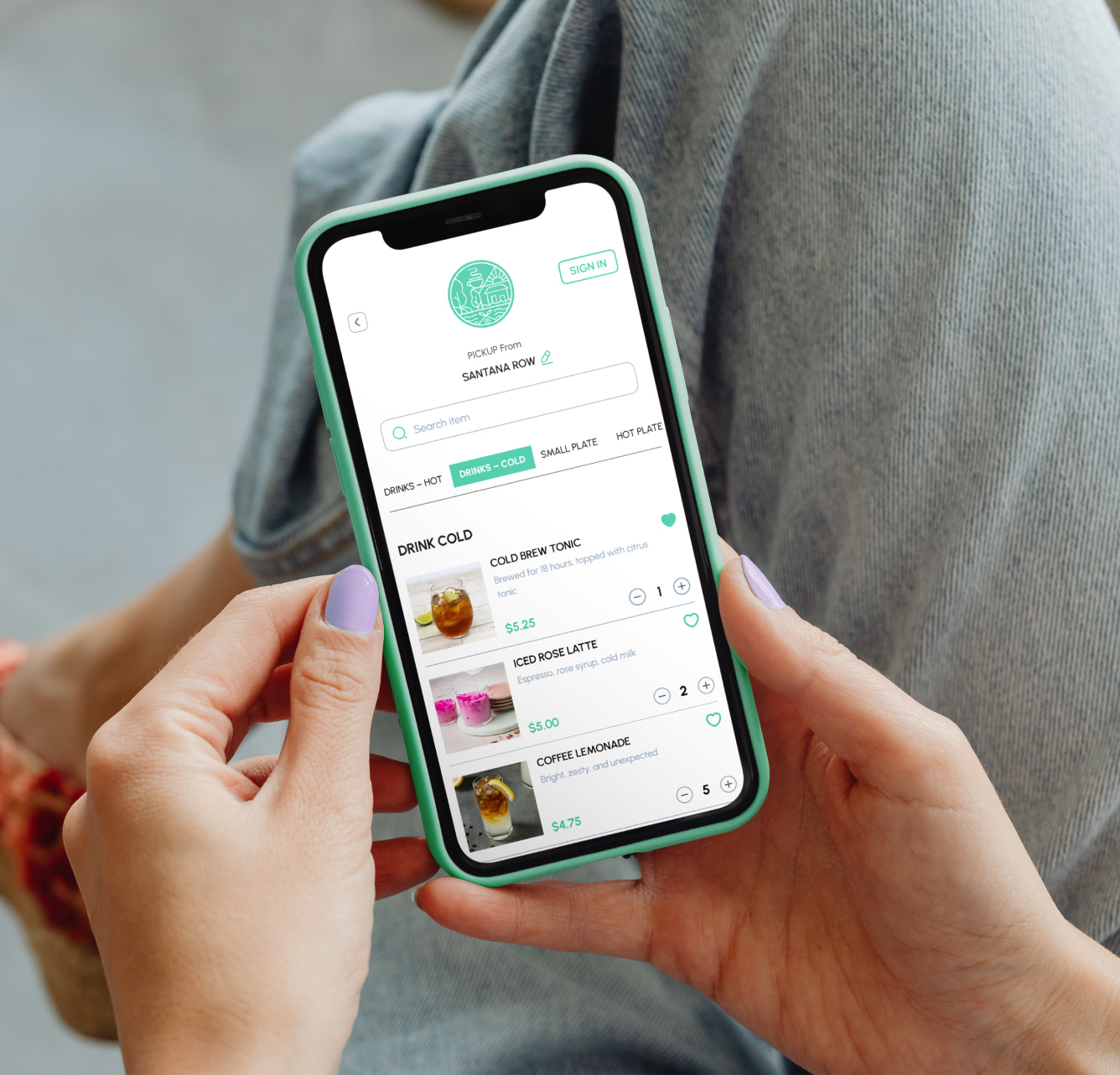

.gif)
